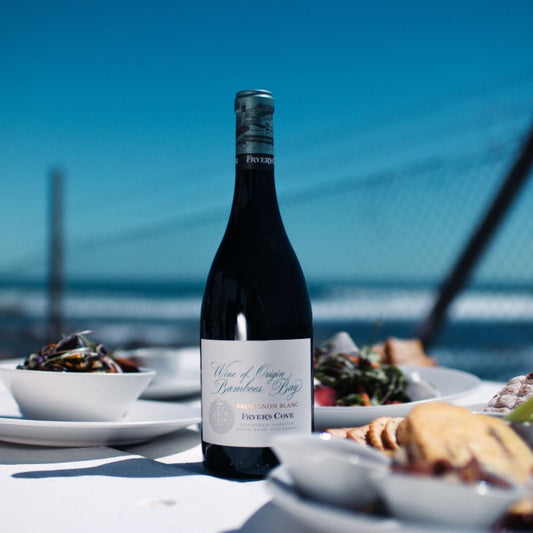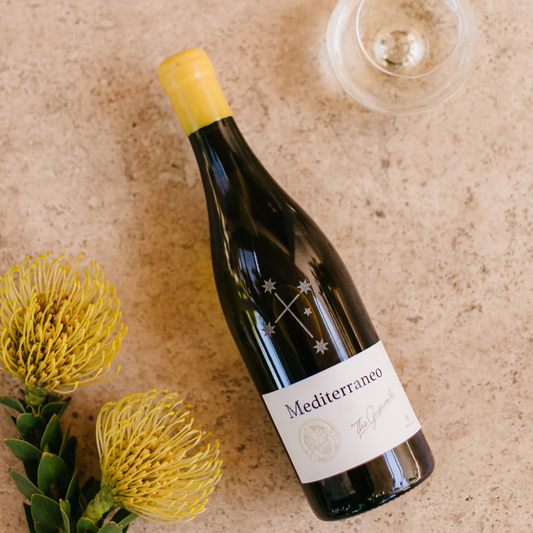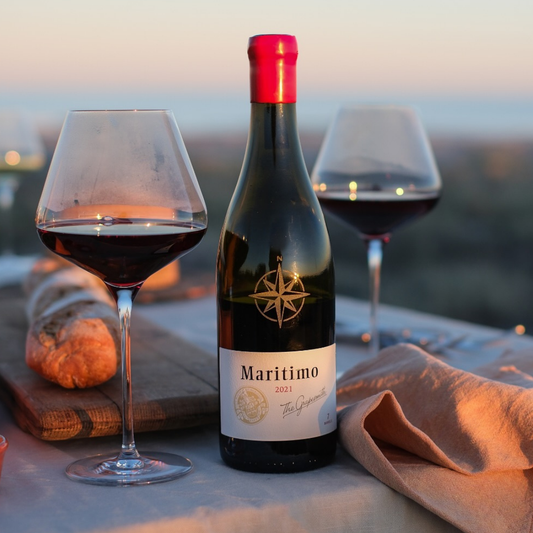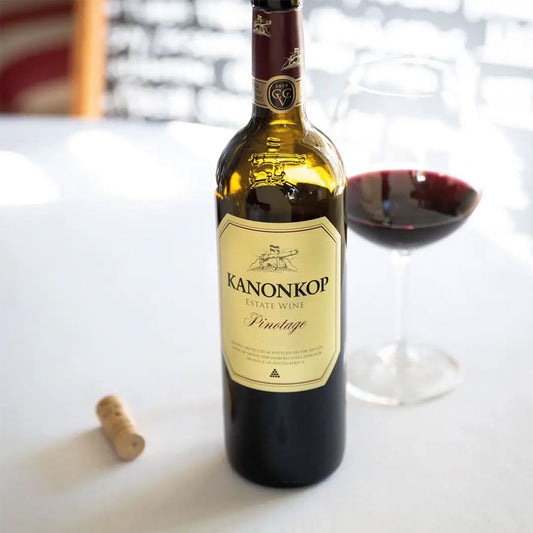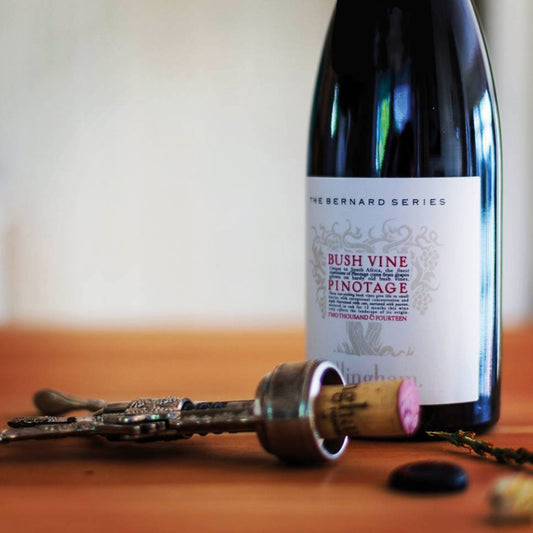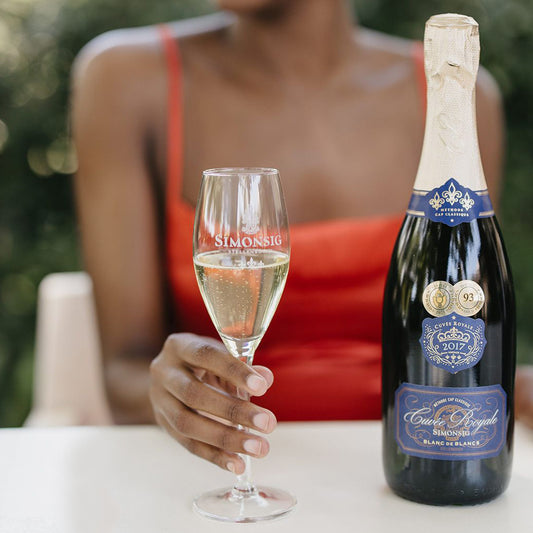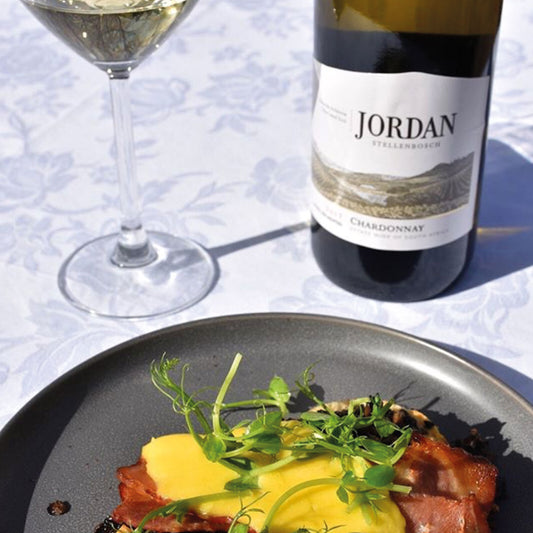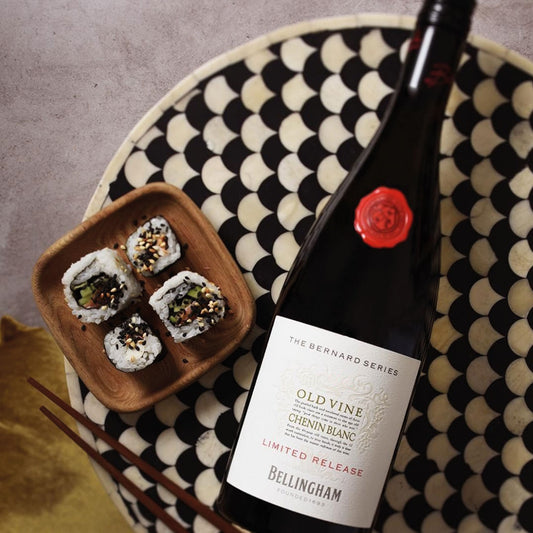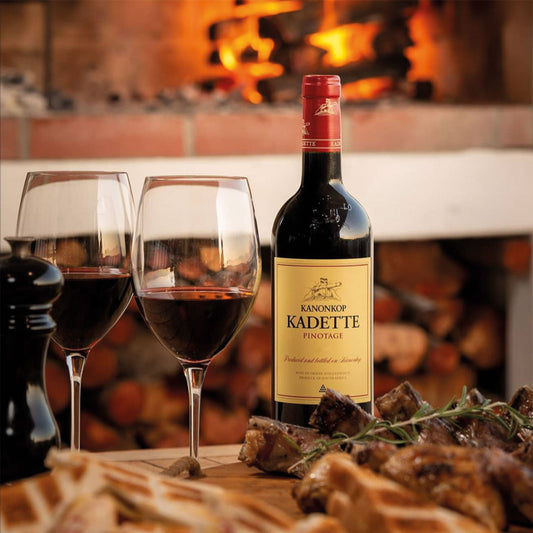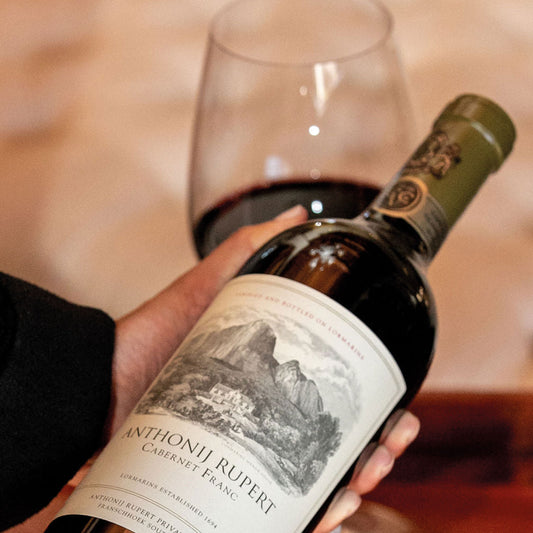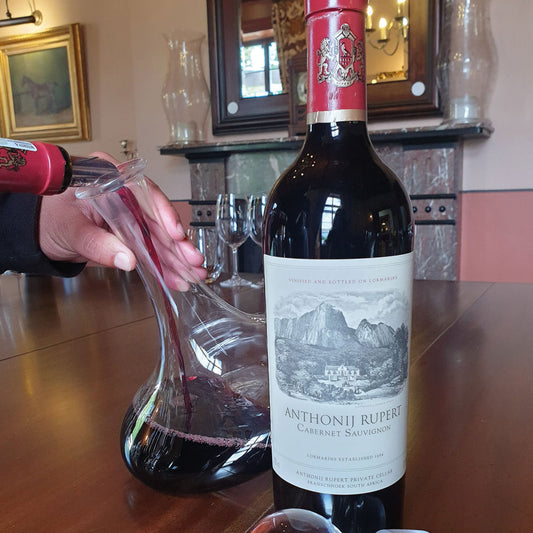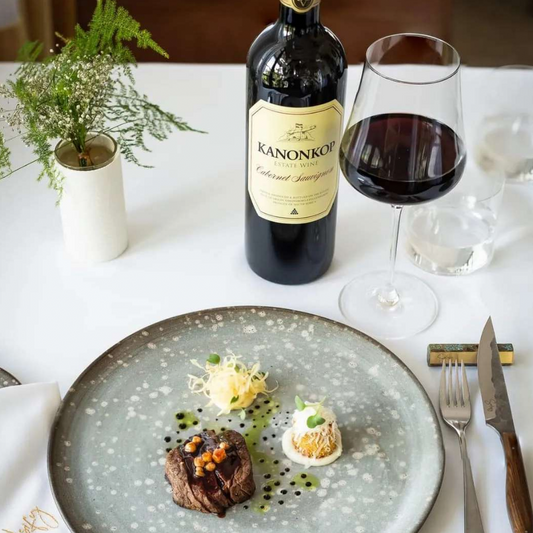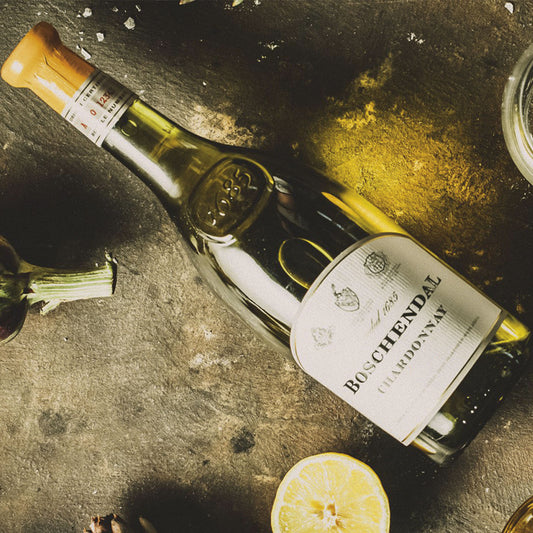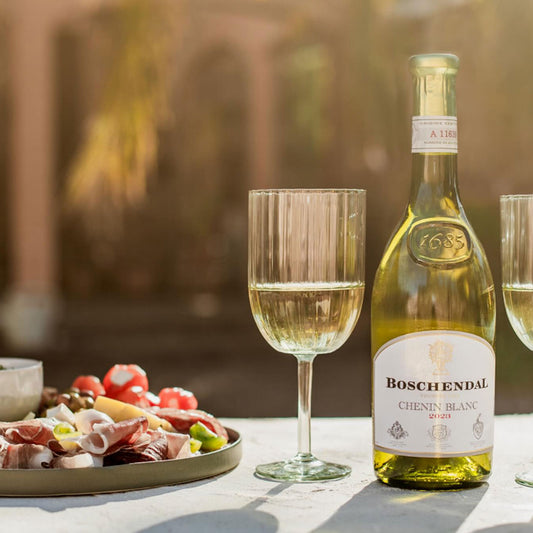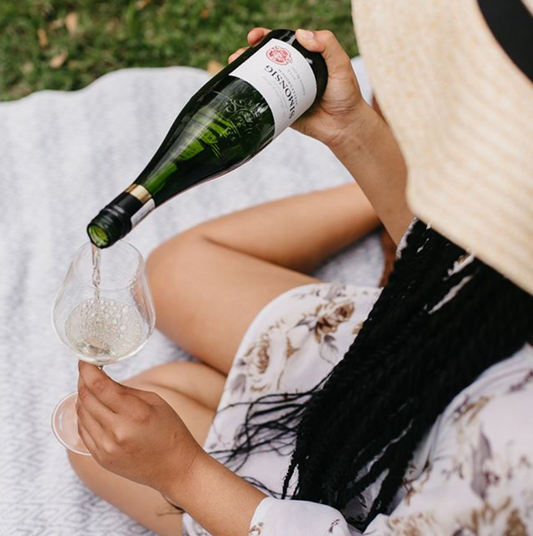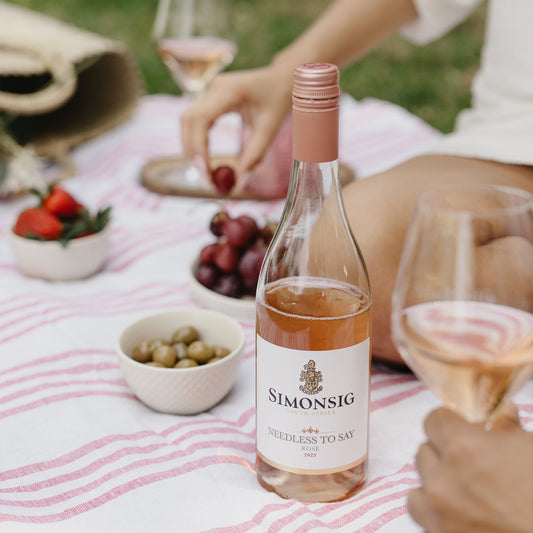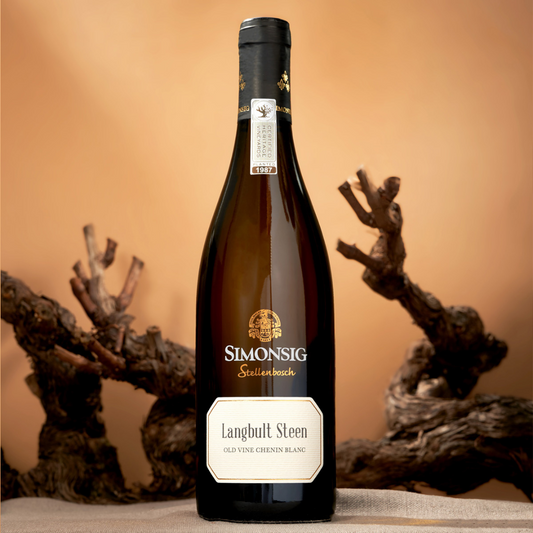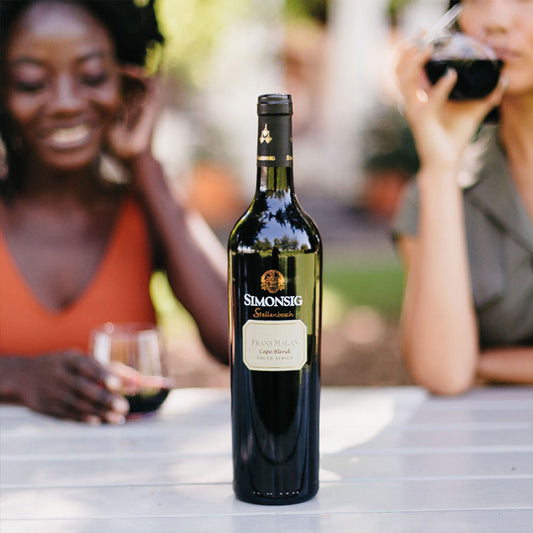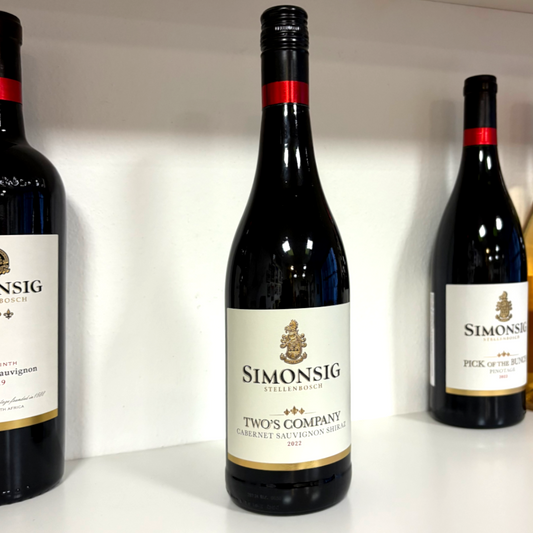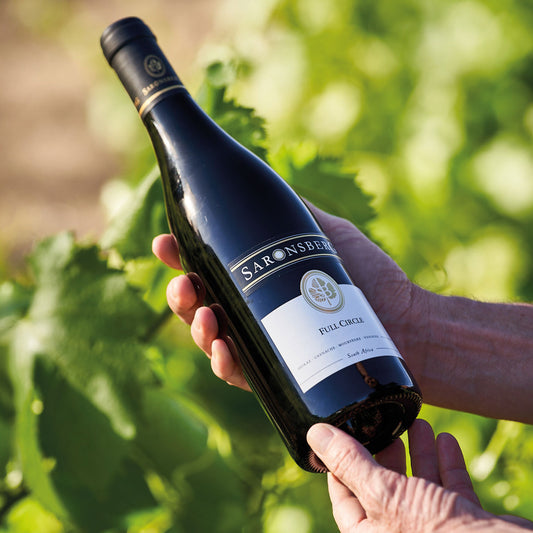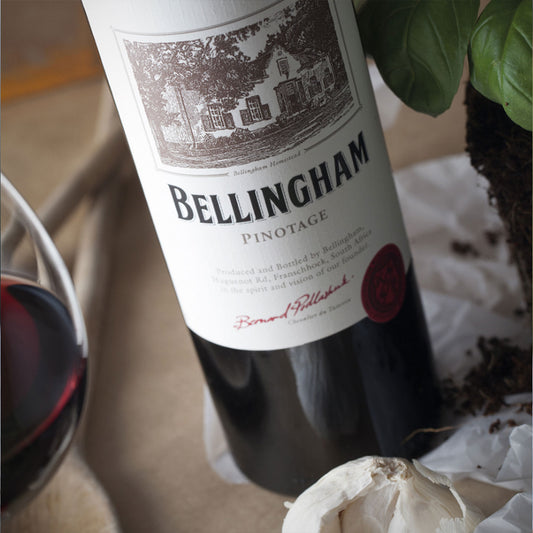I principali vitigni sudafricani
-
New
Bamboes Bay Sauvignon Blanc 2023 - Fryer's Cove
Vendor:Fryer's CoveRegular price €39,90Regular price -
 Sale
SaleDiscover Pinotage
Vendor:PinotageRegular price €154,00Regular price€156,30Sale price €154,00Sale -
Discover South African Chenin Blanc
Vendor:Chenin Blanc dal SudafricaRegular price €133,00Regular price€135,00Sale price €133,00Sale -
New
Mediterraneo 2021 - Simonsig
Vendor:Simonsig Wine EstateRegular price €29,00Regular price -
New
Maritimo 2021 - Simonsig
Vendor:Simonsig Wine EstateRegular price €29,00Regular price -
Pinotage 2019 - Kanonkop
Vendor:Kanonkop Wine EstateRegular price €43,90Regular price -
The Bernard Series Bush Vine Pinotage 2018 - Bellingham
Vendor:Bellingham Wine EstateRegular price €30,90Regular price -
Blanc de Blancs Cuvée Royale 2017 - Simonsig
Vendor:Simonsig Wine EstateRegular price €33,40Regular price -
Chardonnay 2021 Barrel Fermented - Jordan
Vendor:Jordan Wine EstateRegular price €23,00Regular price -
The Bernard Series Old Vine Chenin Blanc 2022 - Bellingham
Vendor:Bellingham Wine EstateRegular price €25,00Regular price -
Kadette Pinotage 2020 - Kanonkop
Vendor:Kanonkop Wine EstateRegular price €17,00Regular price -
South African Méthode Cap Classique
Vendor:Cap ClassiqueRegular price €131,00Regular price€133,10Sale price €131,00Sale -
Cabernet Franc 2017 - Anthonij Rupert
Vendor:Anthonij Rupert Wine EstateRegular price €55,40Regular price -
Cabernet Sauvignon 2018 - Anthonij Rupert
Vendor:Anthonij Rupert Wine EstateRegular price €55,40Regular price -
Cabernet Sauvignon 2018 - Kanonkop
Vendor:Kanonkop Wine EstateRegular price €44,00Regular price -
Chardonnay 2021 - Boschendal 1685
Vendor:Boschendal Wine EstateRegular price €15,50Regular price -
Chenin Blanc 2023 - Boschendal 1685
Vendor:Boschendal Wine EstateRegular price €15,50Regular price -
Chenin Blanc 2024 - Simonsig
Vendor:Simonsig Wine EstateRegular price €12,00Regular price -
Chenin Blanc Pinotage Rosè 2023 - Simonsig
Vendor:Simonsig Wine EstateRegular price €11,90Regular price -
Langbult Steen Old Vine Chenin Blanc 2023 - Simonsig
Vendor:Simonsig Wine EstateRegular price €26,00Regular price -
Frans Malan 2017 - Simonsig
Vendor:Simonsig Wine EstateRegular price €27,00Regular price -
New
Cabernet Sauvignon Shiraz "Two's Company" 2022 - Simonsig
Vendor:Simonsig Wine EstateRegular price €11,50Regular price -
Full Circle 2021 - Saronsberg
Vendor:Saronsberg Wine EstateRegular price €62,00Regular price -
Homestead Pinotage 2019 - Bellingham
Vendor:Bellingham Wine EstateRegular price €16,90Regular price
📞 Telephone and WhatsApp orders: +39 392 6596 260.
Wines from South Africa
Collection: South African Wines
Wine in South Africa, the origins
Wine history in South Africa begins with the arrival from Europe of the very first settlers in the mid-1700s.
At that time, the young Dutch surgeon Jan van Riebeek (who later became governor) sensed the need to make wine and spirits available to the crews of the Dutch East India Company, stopping at the Cape of Good Hope and en route to the Far East. He thus arranged for the arrival of some vines of Chenin Blanc from France and Moscato from Alexandria and, after several attempts, he had the first wine production recorded in South Africa in 1659.
In his diary under the date of February 2, 1659 is written: “....today, praise be to the Lord, for the first time we have made wine from Cape grapes.”
The next governor, Simon Van der Stel, arrived in South Africa in 1679 and shortly thereafter founded in Constantia (in Stellenbosch - Cape Town) the very prestigious Klein Constantia winery.
After the revocation of the Edict of Nantes (1685), there arrived in Cape Town Cape Town about 200 French Protestant Huguenot refugees, fleeing the religious persecution in their country. These brought to Constantia all their experience of winemaking practices. It was thus that those wines became the only ones from the so-called “New World” to challenge the wines produced in Europe, and remained the favorite for many years by the Royal Courts. Napoleon himself, in exile on the island of St. Helena, ordered wines from Constantia.
South African wines today
Currently, the grapes grown in South Africa are almost all of French origin, while local is Pinotage, a cross between Pinot Noir and Hermitage (the term by which the Cinsaut grape variety was known). The grape variety Pinotage was created in 1925 in the Faculty of Enology in Stellenbosch, and the popularity of this grape is now an undeniable mark of South Africa's recognition and distinction. The most important area for Pinotage production is the one that coincides with South Africa's winemaking origins: the part of the Cape of Good Hope, whose latitude corresponds, on the other side of the Equator, to that of Tripoli.
The most widely grown white grape varieties in South Africa are Chenin Blanc, known locally as Steen, Chardonnay and Sauvignon Blanc.
Red grape varieties include, in addition to Pinotage, Cabernet Sauvignon, Merlot and Syrah, which is called Shiraz in South Africa.
The Biodiversity & Wine Initiative (BWI) is a project established in 2004 in South Africa to promote the conservation of biodiversity within wine areas. This initiative, espoused by all the wineries we work with, aims to protect the natural ecosystems of the Cape Floral Kingdom, one of the world's areas of greatest biodiversity, home to a rich variety of unique plants, animals and habitats. BWI member wineries commit to reducing the environmental impact of their farming practices by maintaining nature reserve areas within their lands.
South Africa's WO (Wine of Origin) certification guarantees wine's geographic origin and quality. Introduced in 1973, it certifies that at least 100 percent of the grapes come from a specific geographical area, such as geographical units (e.g., Western Cape), regions (e.g., Coastal Region), districts (e.g., Stellenbosch) or ward, smaller areas. If indicated on the label, as is the case with all the wines we select and offer, at least 85 percent of the wine must come from the specified varietal or vintage. WO certification is similar to European systems such as the Italian DOC, offering a guarantee of traceability and quality.
Discover more: our Cape Best Blog
View all-

Pinotage: 9 Extraordinary Facts
Pinotage: 9 Extraordinary Facts for the Centenary of South Africa's Symbolic Wine Pinotage is much more than a wine: it is a bridge between tradition and experimentation, between the African...
Pinotage: 9 Extraordinary Facts
Pinotage: 9 Extraordinary Facts for the Centenary of South Africa's Symbolic Wine Pinotage is much more than a wine: it is a bridge between tradition and experimentation, between the African...
-

Old Vine Project Certification: What is it?
South African wines from Certified Heritage Vineyards aren't just bottles of great value, but true testaments to tradition, sustainability, and respect for time. On Cape Best, you can discover and...
Old Vine Project Certification: What is it?
South African wines from Certified Heritage Vineyards aren't just bottles of great value, but true testaments to tradition, sustainability, and respect for time. On Cape Best, you can discover and...
-

South African Wine Excellence Among the World's...
Kanonkop Among the 50 Most Admired Wineries in the World The famous South African winery Kanonkop, an icon of Stellenbosch wines , has entered the prestigious Drinks International ranking of...
South African Wine Excellence Among the World's...
Kanonkop Among the 50 Most Admired Wineries in the World The famous South African winery Kanonkop, an icon of Stellenbosch wines , has entered the prestigious Drinks International ranking of...


